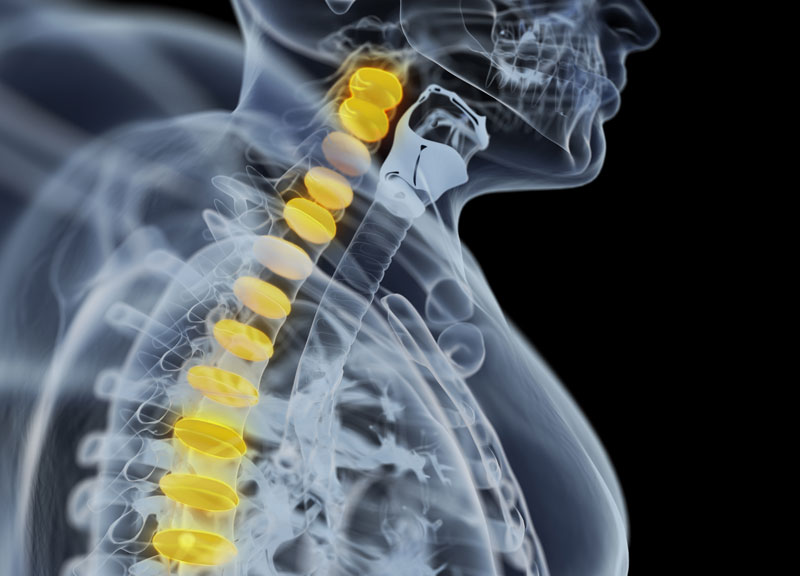The Surgery
Laminectomy is a surgery that creates space through removal of the back portion of the vertebra covering your spinal canal. Also referred to as decompression surgery, laminectomy enlarges spinal canal for relieving pressure on the spinal cord or nerves.
During the Surgery
Laminectomy is usually performed using general anesthesia. Hence, you will remain unconscious during the entire procedure. The surgical team attaches a blood pressure cuff on your arm and heart-monitor leads to your chest and do the following:
- Monitor your heart rate
- Monitor blood pressure
- Monitor blood oxygen throughout the procedure
Once you go unconscious, the following steps are involved in the surgery:
Step 1: The surgeon makes an incision in your back. This incision is made over the affected vertebrae. Surgeon moves the muscles away from your spine as per the requirement.
Step 2: Required lamina is removed using small instruments.
Step 3: In case, laminectomy is being performed as an integral part of surgical treatment for a herniated disk, the surgeon will also remove herniated portion of the disk. He/she will also remove any pieces that have broken loose. This process is referred to as diskectomy.
Step 4: In the event, one of your vertebrae has slipped over another or if you suffer from spinal curvature, the doctor recommends spinal fusion for stabilizing spine. Two or more of your vertebrae are connected together using bone grafts. Metal rods and screws may also be used as required.
The surgeon may use a minimally invasive incision as per the condition of patient. The operation is performed using a special surgical microscope. Incisions are closed with staples or stitches.
After Laminectomy
Post surgery, you will be shifted to a recovery room. A team of health care practitioners will keep a watch over you. You will be watched over for any complication from the surgery and anesthesia. You may also be asked to move your arms and legs. The doctor may even prescribe you with requisite medication to help relieve pain / discomfort at the site of incision.
Most patients are allowed to go home the same day as the surgery. However, there are some cases where you may also require a very short hospital stay. The doctor may also recommend physical therapy post surgery in order to boost strength and flexibility.
During the recovery process, it is important to restrict physically straining activities such as bending, lifting, and stooping for a specific period of time (several months). It takes a few weeks to return to work after surgery. This depends on the amount of walking, lifting, and sitting your job demands.
Results of Laminectomy
Considerable improvement in symptoms is the main result noticed after laminectomy. However, the benefit may reduce with the passage of time. This is because the spine continues to age. Another reason is recurrence of arthritis.
Laminectomy improves leg pain caused by compressed nerve. The process is more effective than back pain. Laminectomy is not capable of preventing buildup resulting from osteoarthritis (major cause of nerve compression) from occuring again. Hence, it is possible that symptoms may come back over time.




